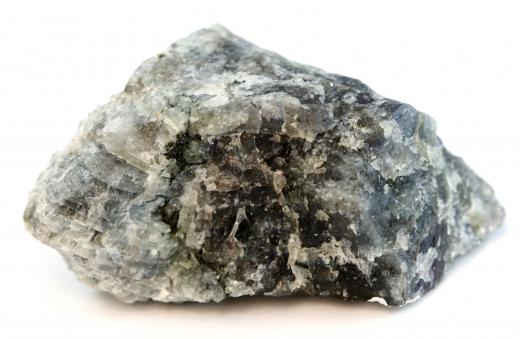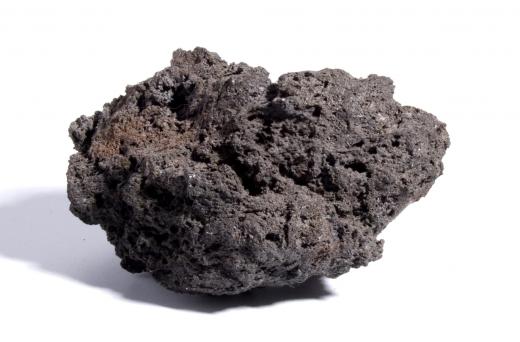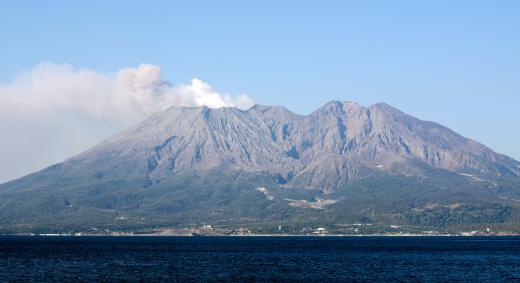What are the Most Common Geology Terms?
Geology is the science that deals with the history of the Earth and its life through the study of the Earth’s crust and rocks. Like all specialized sciences, it has a vocabulary all its own. There are a number of common geology terms one will encounter when considering scientific issues that have to do with the Earth’s composition.
Many geology terms specify the physical formations a geologist studies to reach conclusions about changes in the Earth’s surface. Mountains are steep-sided protuberances, higher than hills, which may or may not form part of a mountain range or ridge. A volcano is any opening in the Earth’s crust, usually part of a mountain, through which molten rock and other deposits periodically escape.

Glaciers are masses of snow and ice that usually range in size from approximately 328 feet (100 meters) to roughly 6,213 miles (10,000 kilometers). They typically last over a period of years. The term geomorphology refers to the geological and climatic study and interpretation of landforms, taking into account their irregularities.
A great number of geology terms are designations for various types of rocks present in certain kinds of landforms. Sedimentary rocks are layered and have been formed from the sediment or loose particles of older rocks. An example of sedimentary rock is limestone, which in most cases forms from inorganic chemicals present in seawater. An igneous rock, one example being granite, is derived from molten material like volcanic lava. When the mineral and chemical composition of a sedimentary or igneous rock change because of exposure to intense pressure and/or heat, the result is metamorphic rock.

Other geology terms refer to the minerals that make up rocks. A mineral is a natural non-organic compound, usually crystalline in structure. Every mineral has a unique chemical composition. Feldspar is an aluminum-rich mineral contained in granite rock. It is the most common mineral found in the Earth’s crust. Calcite is the primary mineral found in limestone rock.

Certain geology terms refer to visible surface changes in the Earth’s crust. A fissure is a long, narrow fracture or break in a rock or the Earth’s surface that typically comes about with repeated climatic changes and erosion. Rocks that have fissures often become filled with minerals different than those that compose their outer surface. Faults result when there has been breakage in rocks and movement has taken place. They can appear as flat or curved.
AS FEATURED ON:
AS FEATURED ON:














Discuss this Article
Post your comments